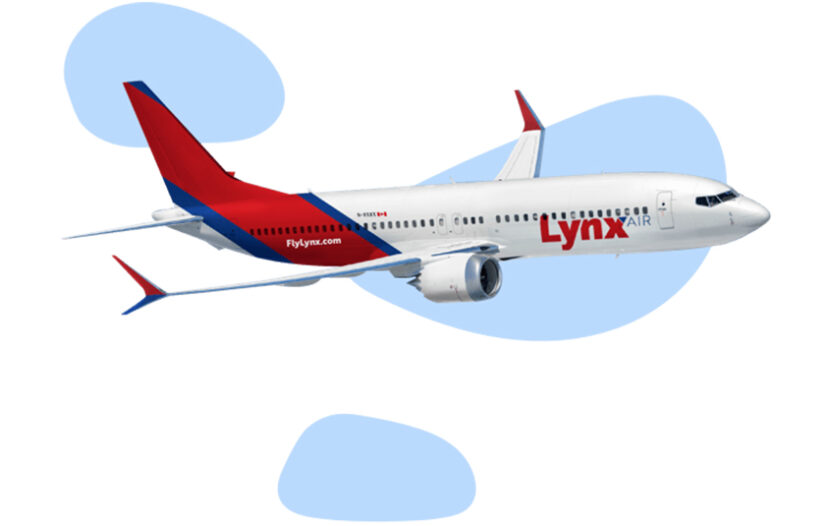Lynx Air ceased to fly this week, the latest in a long line of discount carriers to bite the departures dust — brought down in part by stiff competition, high fees and Canada’s vast geography.
Lynx, which filed for creditor protection Thursday, marks at least the eighth budget airline to take off and then fizzle out since 2000, joining the ranks of Roots Air, CanJet and Swoop.
Most failed to clear the same barriers that have blocked the runway for decades.
Despite increased competition, Air Canada and WestJet continue to dominate the marketplace with more than three-quarters of seat capacity among national carriers.
The veterans have deeper pockets than young upstarts, allowing them to more easily match ticket prices in a race to the bottom.
“There’s a fundamental issue with how the dynamics of competition work in the Canadian marketplace,” said John Gradek, who teaches aviation management at McGill University.
“The duopoly that we have in Canada is allowed to take on these discount carriers aggressively and use their competitive power to basically drive these carriers into bankruptcy.”
Other industry observers have suggested the Canadian market has trouble supporting more than two large national carriers, though Porter Airlines aims to become an exception as it undergoes a rapid expansion from regional player to continental airline. The Toronto-based company aims to grow its fleet to 79 planes by 2025, up from 29 turboprops in 2022.
“If you look at history for the past 30 years, other than WestJet there have not been that many successful ventures,” noted Jacques Roy, a professor of transport management at HEC Montreal business school.
Meanwhile, high fees and incumbent perks at large airports can work against newer airlines. Lynx, which launched its first flight in April 2022, pointed to rising costs and airport charges as among the culprits behind its demise.
Canada has high “airport improvement fees” relative to other countries, though that’s partly because airports are non-profit entities that receive much less federal funding than those in the U.S., for example.
While the fees do not discriminate between airlines — passengers at flag carriers pay the same amount as those at budget startups — the charges raise the base price of a ticket, deterring potential customers with less disposable income.
The seasonal nature of air travel in Canada also makes for a financial roller-coaster where new companies with less free cash flow struggle to hold on.
“The old saying is that if you want to become a millionaire, you start by becoming a billionaire — then you buy an airline,” said Roy.
A lack of big, secondary airports in large cities can also force smaller airlines to bid for higher-priced slots at Pearson and Trudeau airports in Toronto and Montreal.
Then there’s the age-old problem of a vast, sparsely populated geography that creates unique challenges for all carriers in Canada, but especially those struggling to get off the ground.
“The original model — Southwest or JetBlue in the U.S. — you basically offer point to point services between relatively large cities and markets and over relatively short distances,” Roy said. The goal is to squeeze as more revenue as possible out of each plane, with customers able to endure the tight quarters due to the quicker trips.
“But in Canada, there’s only a small number of such original destination pairs. And it’s a market that is already occupied by major players like Air Canada and WestJet,” Roy said.
“Even if you have deep pockets, how much are prepared to lose? How fast are you prepared to become a millionaire?”

